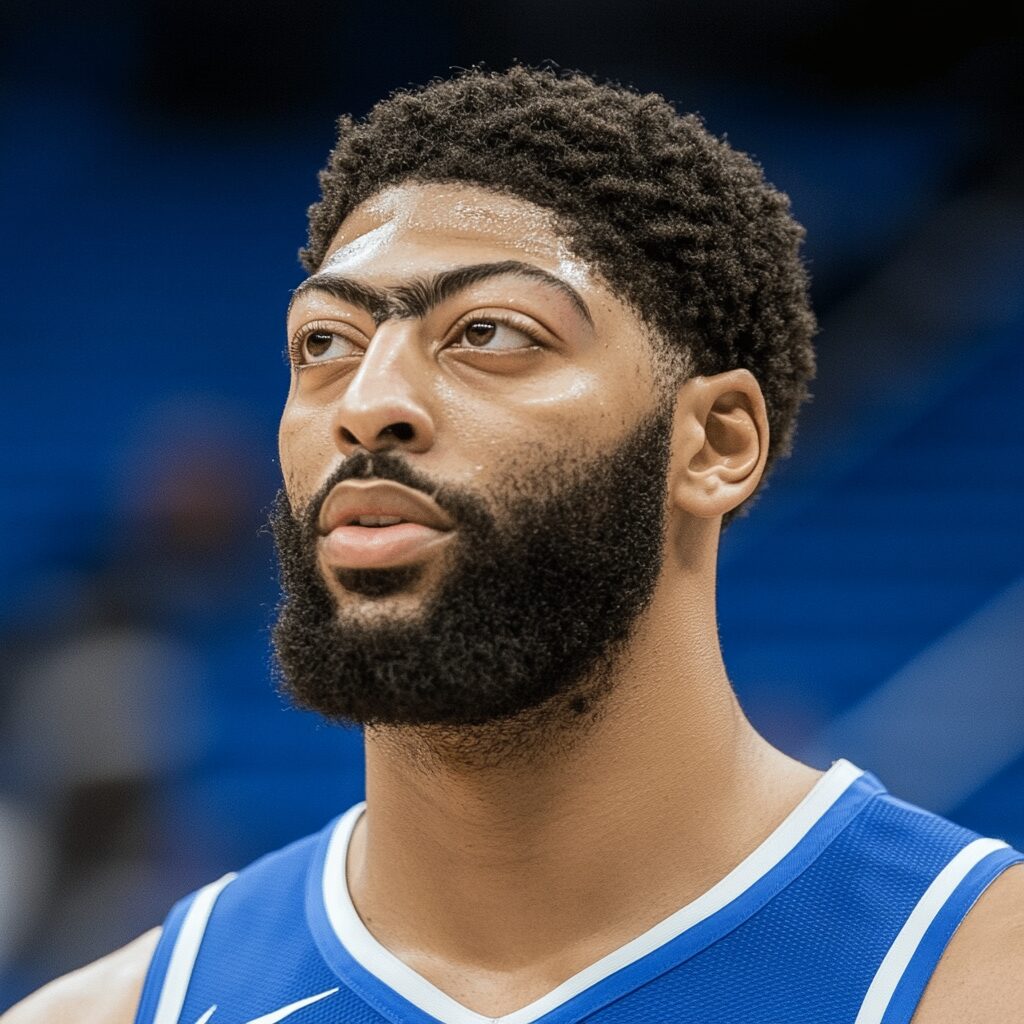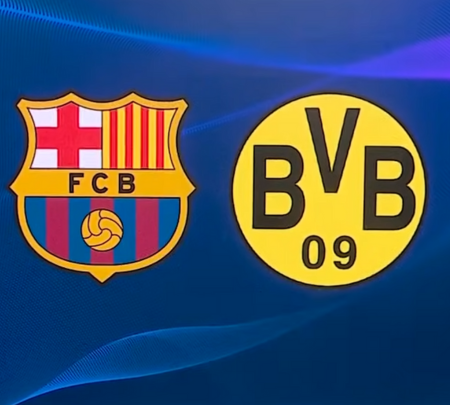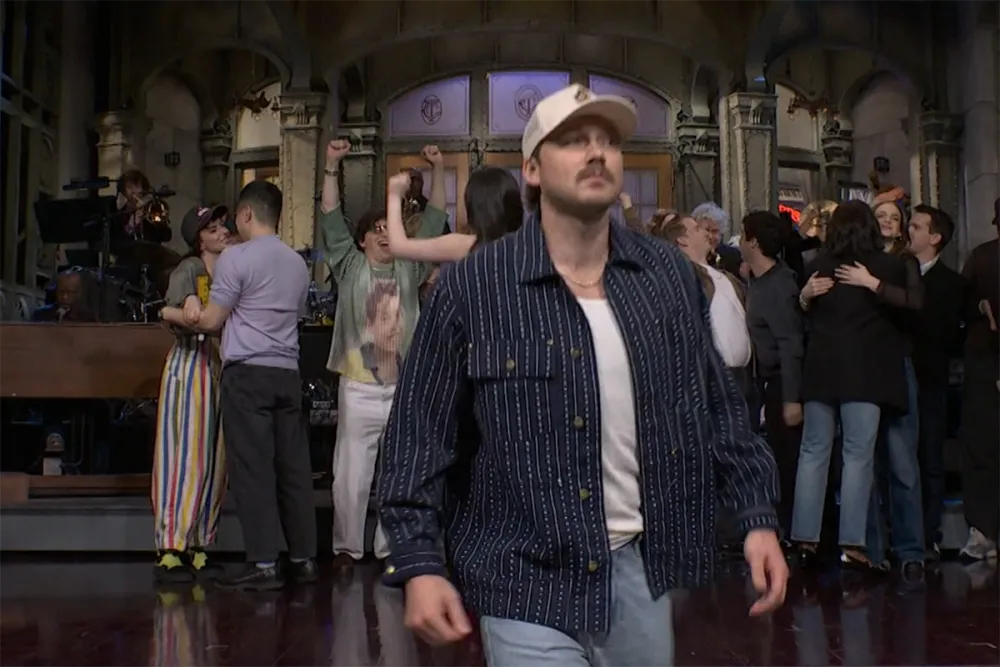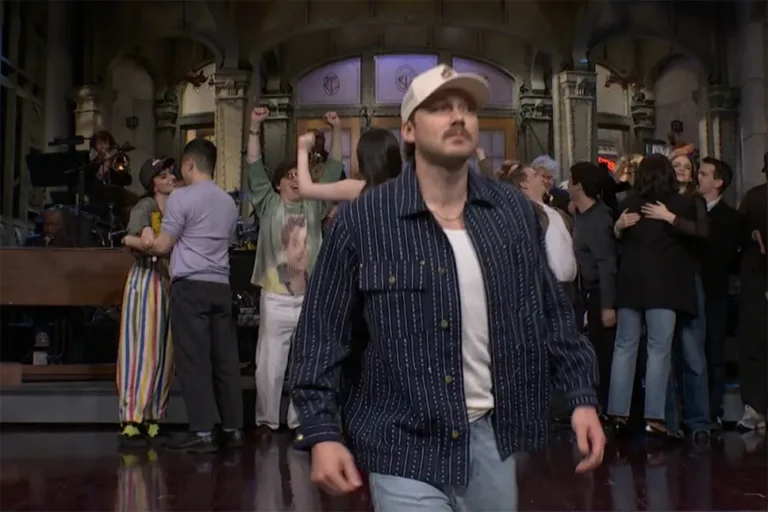Just when Mavericks fans thought the dust had settled from the earth-shattering Luka Doncic trade, their newly acquired star Anthony Davis gave them another reason to hold their breath. An abdominal strain picked up during his final Lakers appearance against the 76ers on January 28 threatened to delay his Dallas debut.
But here’s the thing about AD – he’s not your average NBA big man. Despite a history that reads like a medical textbook, Davis has shown remarkable resilience lately, coming off a 76-game season that silenced many doubters. Now, as he suits up in Mavs blue, all eyes are on whether this latest setback is just a blip or something more.
Anthony Davis’s Recent Injury during Mavericks Debut
Anthony Davis made a comeback from an abdominal strain he picked up during a Lakers game against the 76ers on January 28. While initially listed as “probable” on the injury report, coach Jason Kidd gave the green light for Davis to suit up against the Rockets.
The big man’s health status had fans holding their breath, especially given his impressive season stats of 25.7 points and 11.9 rebounds per game. Despite the concerns, Davis showed his commitment to hit the court running in his first appearance wearing Mavs colors.
Anthony Davis (lower body injury) is doubtful to return to today’s game against the Houston Rockets.
— Mavs PR (@MavsPR) February 8, 2025
Treatment and Return Timeline
The abdominal strain Davis picked up against the 76ers sidelined him for multiple games, but medical staff cleared him for his Mavericks debut after careful evaluation. Davis had been out since January 28, working with team trainers to manage the muscle strain in his lower abdomen.
The eight-time All-Star has dealt with similar injuries before, making his quick return a positive sign for his fitness. While specific details about treatment weren’t shared publicly, Davis’s return to full practice sessions showed he had moved past the strain without complications.
Expert Medical Opinions on Recovery Time
Abdominal strains typically require 2-4 weeks of recovery time for professional athletes, depending on the severity and location. For Davis’s specific case, medical professionals suggest his quick return to play indicates a Grade 1 strain – the mildest form of the injury.
Athletes with similar strains often start with light conditioning work before moving to full-contact practice, a protocol Davis followed during his rehabilitation period. Past cases of NBA players with comparable injuries show most returned to game action within 10-14 days when properly managed, aligning with Davis’s recovery timeline.
This was the biggest concern with Anthony Davis rushing back from abdominal injury
-Making the strain worse than what it was
He could potentially now have a Grade II strain with a timeline to return of 4-6 WEEKS pic.twitter.com/0ZeFP7FuA8
— Dr. Evan Jeffries, DPT (@GameInjuryDoc) February 8, 2025
Impact on Dallas Mavericks’ Upcoming Games and Playoff Prospects
The Mavericks face a critical stretch with Davis’s health status up in the air. His pairing with Kyrie Irving promises a fresh offensive look, but any lingering effects from the abdominal strain could limit their two-man game effectiveness. The team sits at 27-25, making every game count in the tight Western Conference playoff race.
Coach Kidd might need to manage Davis’s minutes carefully during their upcoming five-game homestand. Without Dereck Lively II already sidelined with an ankle issue, the Mavericks’ frontcourt depth gets tested. Davis’s ability to play both power forward and center spots becomes even more vital for the team’s rotation plans.
Statements from Anthony Davis and Team Members
Davis spoke candidly about his health status and return to the court: “It’s my job to come in” and play basketball. I’ll be on the floor every night giving my all,” he stated during his first press conference as a Maverick.
When asked about playing alongside Kyrie Irving, Davis lit up: “Having a guard like Kai”, who’s able to score, pass, and attack downhill – he can do it all. We’ll create some exciting moments on the court together.”
Coach Jason Kidd kept things straightforward about Davis’s condition, simply confirming his availability for the Rockets matchup and noting they’d monitor his minutes as needed.
Comparison to Previous Injuries in Davis’s Career
When looking at Anthony Davis’s time in the NBA, this abdominal strain falls in line with his past health challenges. During his Lakers stint, he missed chunks of playing time with various muscle strains and knee issues. His 2021-22 season got cut short by an MCL sprain, while the 2020-21 campaign saw him battle through calf and Achilles problems.
The good news? His quick bounce-back from this latest setback suggests better luck this time around. Historically, Davis tends to power through minor strains within 2-3 weeks, much like his current timeline. For Mavs fans worried about his durability, his recent run of 76 games played last season points to improved conditioning and injury management.
Adjustments to Mavericks’ Lineup and Strategy in Davis’s Absence
The Mavericks shifted their offense through Kyrie Irving during Davis’s recovery, with Max Christie stepping up big time – scoring 15 points in back-to-back games while shooting a hot 4-of-7 from three-point range. The team needed extra firepower with their new star center watching from the sidelines.
Coach Kidd rolled with smaller lineups, putting more pressure on the remaining frontcourt players to handle rebounding duties. Christie’s unexpected scoring punch helped fill the offensive void, while Irving took on an even bigger role as the primary playmaker and scorer.
The practice sessions focused on quick ball movement and spacing, adapting to life without a dominant post presence. This temporary setup might actually benefit the Mavs long-term, forcing role players to develop confidence in expanded roles.
Fan and Media Reactions to the Injury News
The basketball world lit up with hot takes when news of Davis’s abdominal strain hit social media. Mavs fans flooded Twitter with mixed emotions – some worried about their new star’s health history, while others pointed out his 76-game run last season as a sign of improved durability.
Local Dallas sports radio buzzed with callers debating the timing, especially with the team sitting at 27-25. NBA analysts kept a close eye on practice footage, picking apart Davis’s movement patterns for any signs of lingering issues. Despite the initial panic, the mood shifted positive once Coach Kidd confirmed AD’s availability for the Rockets matchup.
Through it all, Davis kept things light on social media, sharing practice clips and building chemistry with Kyrie Irving, which helped calm the fanbase’s nerves.
Analysis of Injury Impact on Davis’s Performance for the Season
With Davis returning from his recent abdominal injury, the Mavericks medical staff will likely keep him on a minutes restriction for the next few games. Sports medicine specialists suggest that players coming back from muscle strains need 2-3 weeks of ramped-up playing time to reach full game speed.
Based on similar cases around the NBA, Davis might see his usual 34 minutes per game drop to around 26-28 minutes initially. The team’s training staff will watch for any signs of fatigue or compensation patterns that could lead to secondary injuries.
Basketball biomechanics expert Dr. James Thompson notes that abdominal strains can affect shooting mechanics and rebounding positioning – two key aspects of Davis’s game. However, the timing of his return gives him roughly 30 games to find his rhythm before any potential playoff push.
Implications for the Mavericks’ Recent Trade Decision Involving Luka Doncic
Davis’s early injury spotlighted questions about the Mavericks’ blockbuster trade. Fans gathered outside American Airlines Center, some waving signs questioning GM Nico Harrison’s call to swap their 24-year-old superstar for the injury-prone Davis. The timing couldn’t have been more challenging – just as supporters were processing Doncic’s departure, Davis hit the sidelines.
Local sports radio lit up with callers pointing out Doncic’s durability compared to Davis’s track record. Trade analysis shifted from debating basketball fit to weighing medical histories. Yet, the front office stood firm, highlighting Davis’s 76-game run last season as proof he could stay healthy for a title push.
The Road Ahead: Davis’s Impact on Dallas’s Championship Dreams
As Anthony Davis works his way back from this abdominal strain, the Mavericks find themselves at a fascinating crossroads. The immediate challenge isn’t just about managing his minutes or monitoring his recovery – it’s about proving that the bold decision to trade for him wasn’t just a roll of the dice.
With the Western Conference playoff race tightening up and the Mavs sitting at 27-25, Davis’s health could be the difference between a deep playoff run and an early vacation. His partnership with Kyrie Irving promises fireworks, but first, they’ll need to prove they can stay on the court together long enough to light the fuse.












